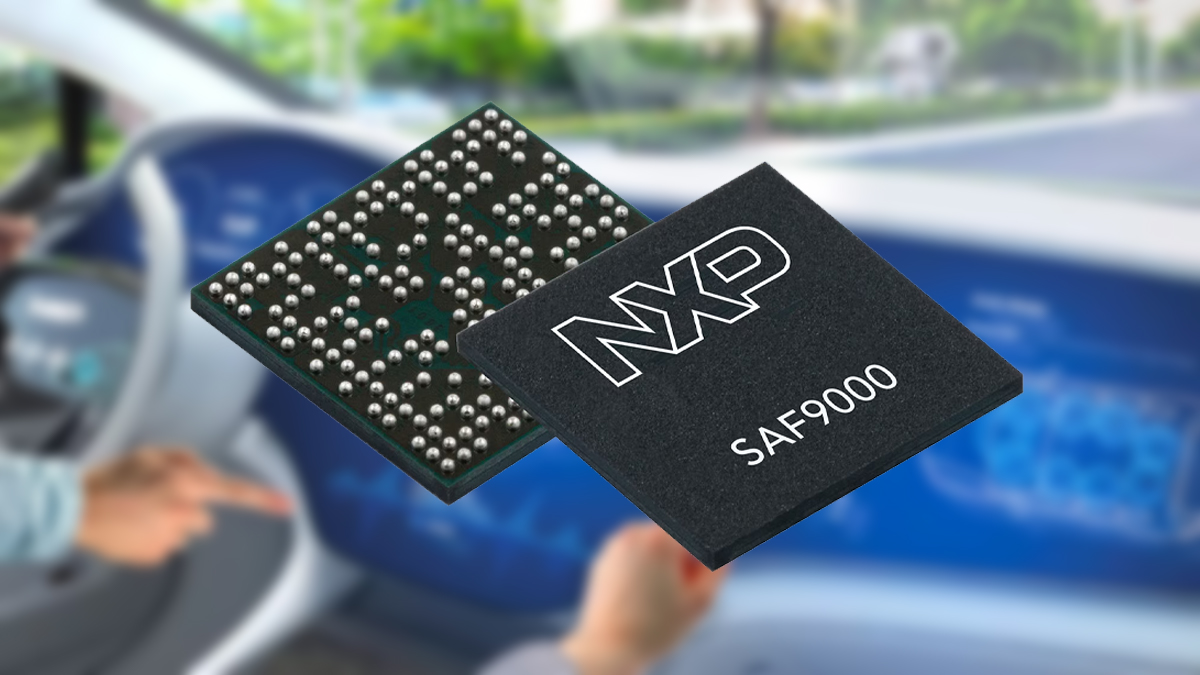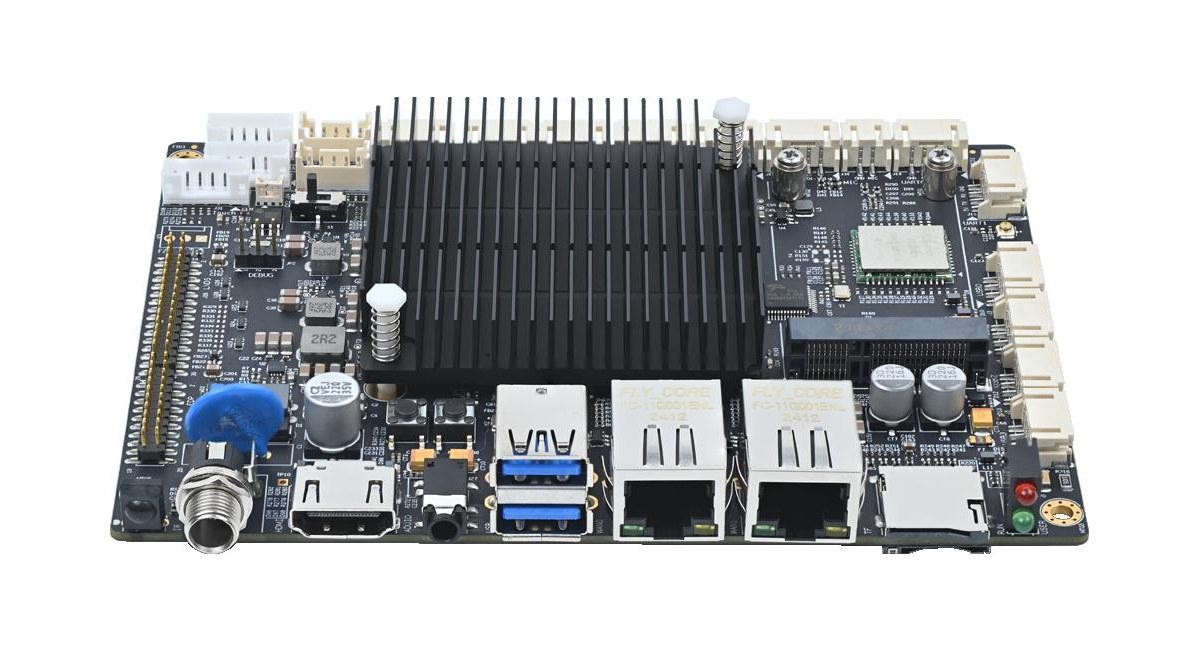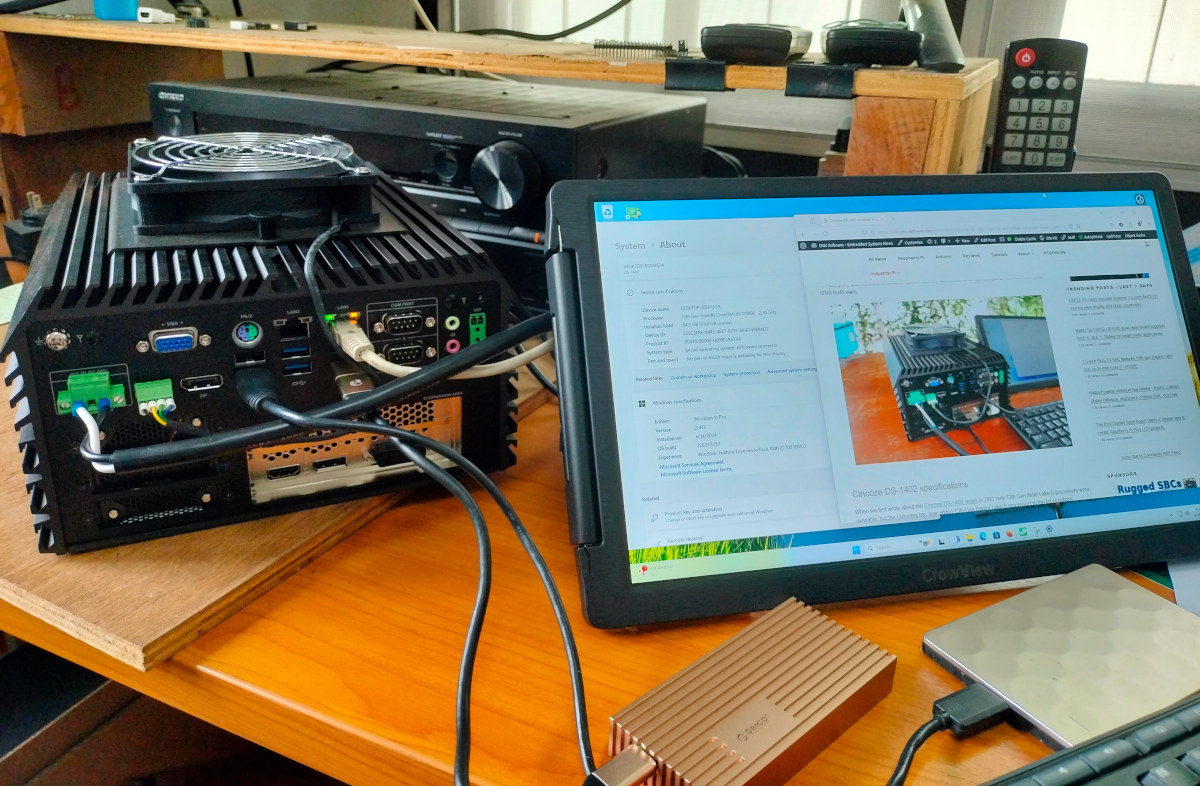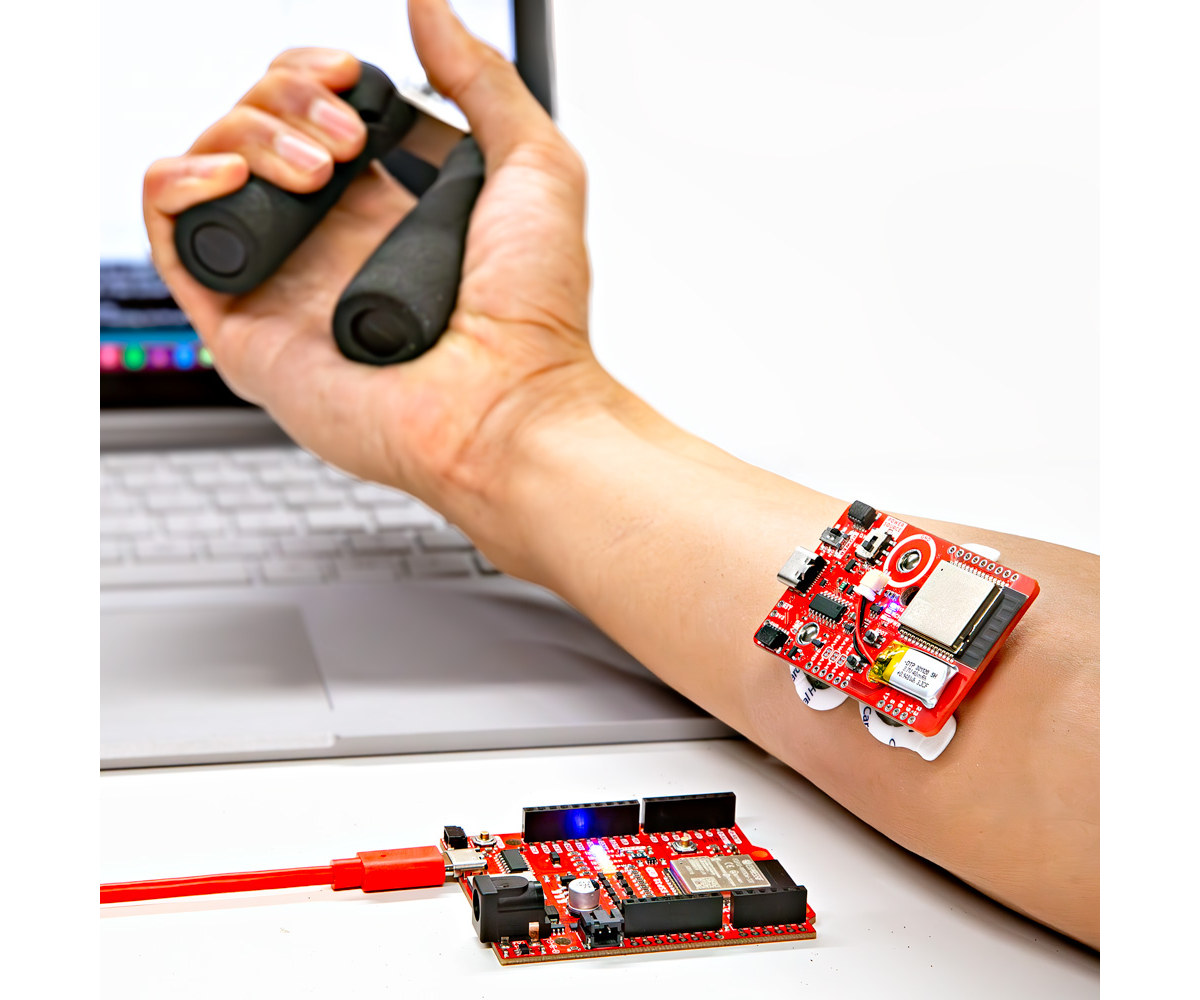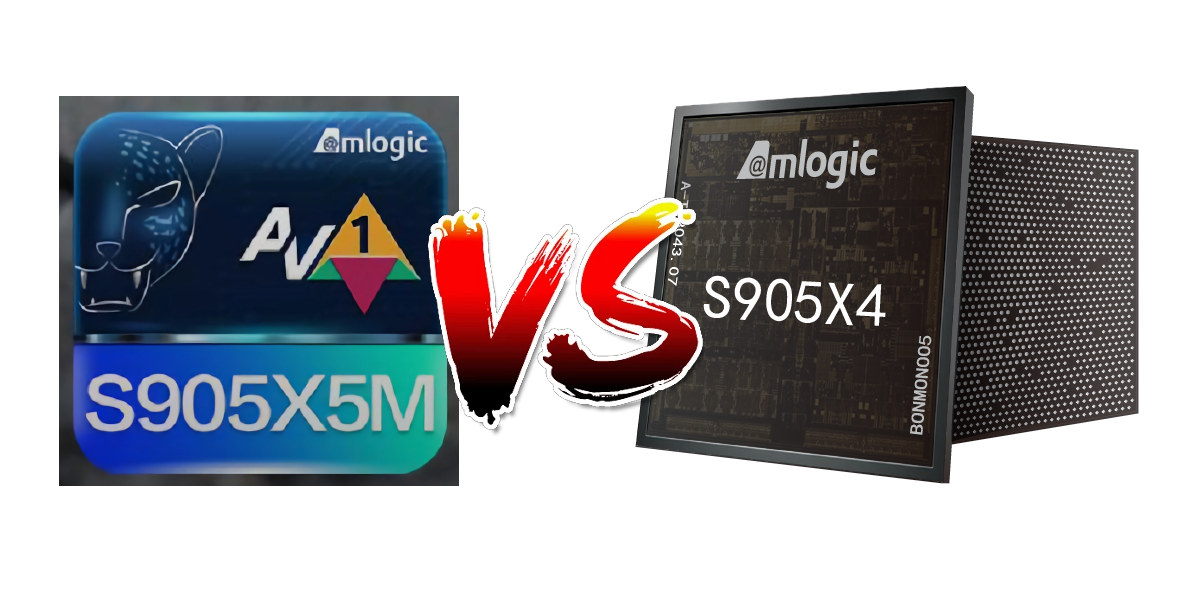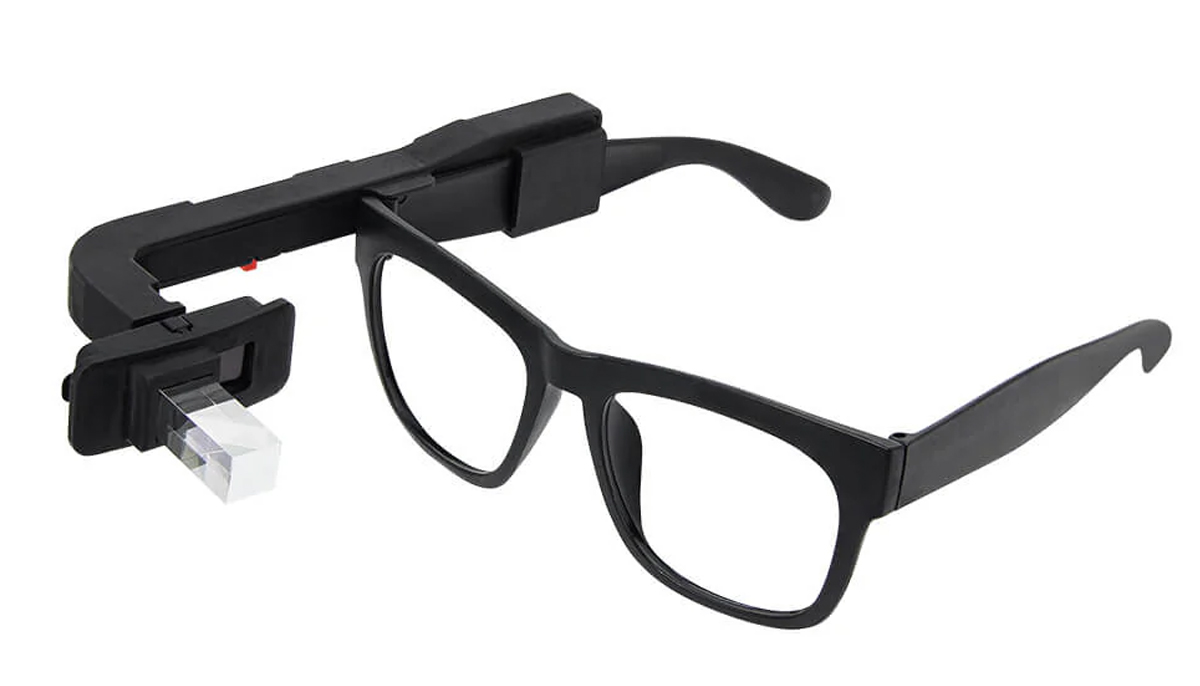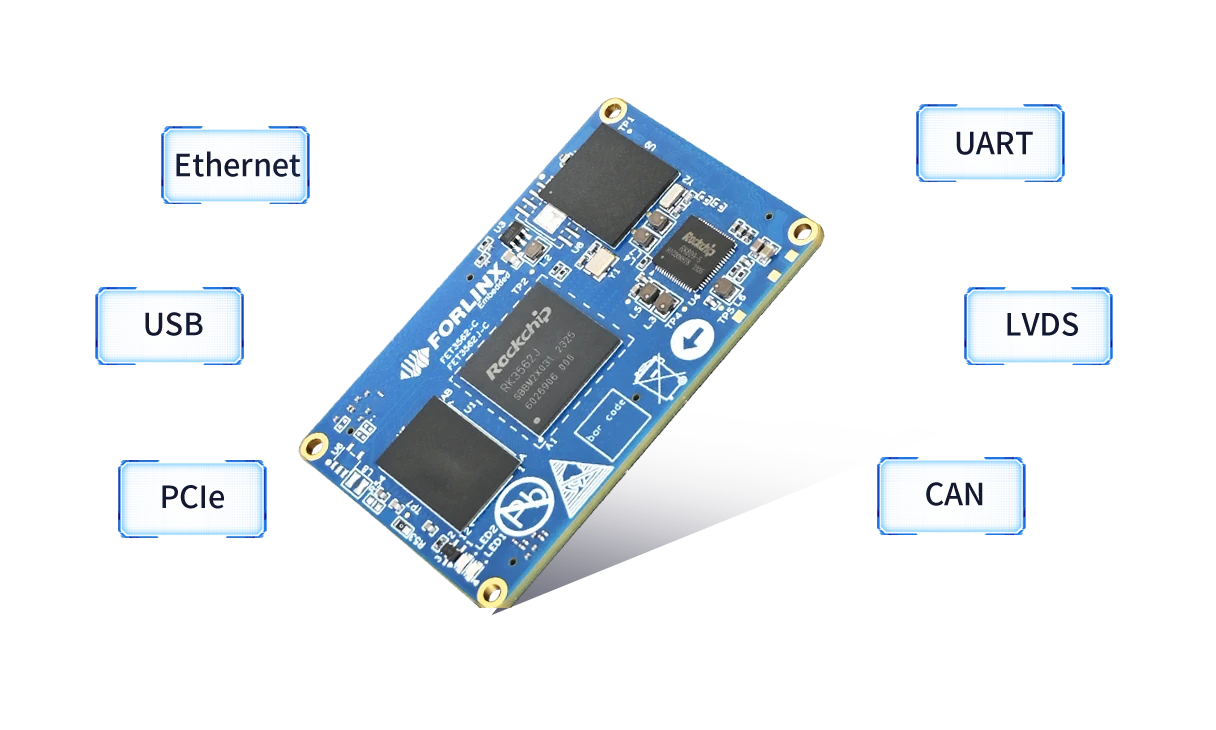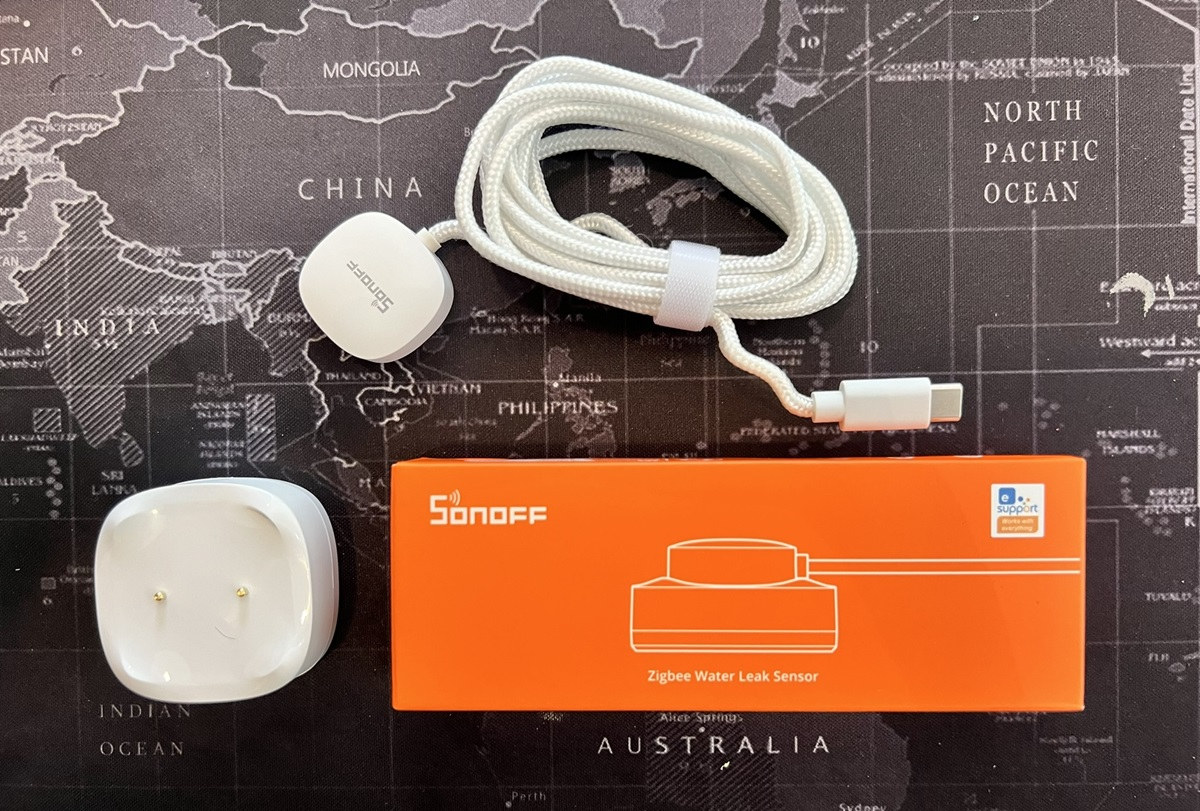NXP has recently launched the SAF9xxx Automotive Audio DSP family, which currently includes SAF9000 and SAF9100 AI audio DSPs. Built around Cadence’s latest generation high-performance Tensilica HiFi 5 DSPs, these new chips not only feature AI and ML capabilities, but also include features like driver’s voice pitches and accent recognition, noise cancellation, voice recognition, emergency siren detection, and more. Additionally, the SAF9000 chip includes a software-defined radio option with up to five integrated tuners (controlled by an integrated Arm Cortex-M7 core) that covers all major global broadcast radio standards, including DAB, HD Radio, DRM, CDR, and AM/FM into a single chip solution. SAF9xxx Automotive Audio DSP specifications DSP – Tensilica HiFi 5 DSPs with dedicated neural network engines Integrated Controller – Arm Cortex-M7 core for tuner and audio control middleware Radio Features (SAF9000 only) Supports AM, FM, DAB, DAB+, DMB, HD Radio, DRM for AM, DRM for FM (DRM+), CDR […]
Allwinner T527 digital signage and Smart Display board offers HDMI, eDP, MIPI DSI, and LVDS display interfaces
MYiR Tech’s MYD-LT527-SX is a board designed for digital signage and Smart Display applications based on the MYC-LT527 Allwinner T527 system-on-module from the company and offering a range of display interfaces namely HDMI, eDP, MIPI DSI and dual-channel LVDS. The digital signage board builds upon MYiR Tech’s MYD-LT527 development board with a larger design featuring many of the same ports (dual GbE, USB 3.0, audio jack, HDMI output), and plenty of connectors for expansion including additional USB 2.0 interfaces, speaker and microphone, RS232, RS485, CAN Bus, and more. MYiR Tech’s MYD-LT527-SX specifications: SoM – MYC-LT527 system-on-module with SoC – Allwinner T527 CPU Octa-core Arm Cortex-A55 processor with four cores @ 1.80 GHz and four cores @ 1.42GHz E906 RISC-V core up to 200 MHz DSP – 600MHz HIFI4 Audio DSP GPU – Arm Mali-G57 MC1 GPU System Memory – 2GB LPDDR4 Storage – 16GB eMMC flash, 32Kbit EEPROM 381-pad LGA […]
Cincoze DS-1402 review – Part 2: An Intel Core i9-12900E embedded computer tested with Windows 11 Pro
I’ve already checked out the hardware of the Cincoze DS-1402 modular embedded computer in the first part of the review with an unboxing and teardown of the Intel Core i9-12900E computer that ships with expansions such as an NVIDIA GTX 1630 graphics card held in place with a patented solution and two CMI expansion modules with four gigabit Ethernet ports each. I’ve now had more time to test the Cincoze DS-1402 with Windows 11 Pro, so I’ll report my experience with the system in the second part of the review checking out system information, testing features, running benchmarks, evaluating networking and storage performance, testing the thermal design, and taking measurements for fan noise and power consumption. I’ll also compare some of the second to the GEEKOM XT12 Pro mini PC powered by an Intel Core i9-12900H SoC since embedded SKUs – like the Core i9-12900E – are usually slightly slower […]
MyoWare 2.0 Muscle Sensor Wireless Kit targets electromyography (EMG) applications
The MyoWare 2.0 Muscle Sensor Wireless Kit is an Arduino-compatible electromyography (EMG) sensor kit capable of detecting and measuring the electrical signals generated by muscle fibers in the body. The MyoWare 2.0 kit is a collaborative product by SparkFun and Advancer Technologies. The MyoWare 2.0 ecosystem brings several improvements over the previous generation, including a compact design, solderless snap connectors, and an upgraded chipset for improved reliability and performance. It includes shields designed to seamlessly interface with the MyoWare 2.0 Muscle sensor, a wearable, Arduino-compatible EMG sensor. The Muscle Sensor’s wearable design makes it possible to directly attach biomedical sensor pads and add-on shields to the board. It operates on a single-supply voltage between +3.3V to +5V and supports three separate output modes. It analyzes filtered and rectified activity from muscle movement and outputs a signal from 0 to the power source voltage (VIN) that represents the intensity of flex. […]
Amlogic S905X5M vs S905X4 – Features and benchmarks comparison
Amlogic S905X5M is an update to the Amlogic S905X4 quad-core Cortex-A55 SoC with a higher 2.5 GHz CPU clock and a new generation Arm G310 CPU that delivers up to close to three times the performance of the Mali-G31 MP2 GPU for more advanced and smoother HDR user interfaces. The S905X5M and S905X4 share the same video decoding capabilities, notably AV1 and H265 up to 4Kp75, but the new S905X5M drops support for H.265 1080p60 video encoding, only keeping H.264 1080p30. One of the new features is the inclusion of an NPU designed specifically for Super Resolution enabling video upscaling with better image quality. You’ll find the differences between the Amlogic S905X5M and S905X5 processors in the comparison table below. The Amlogic S905X5M adds some HDMI 2.1 features that deserve an explanation: QMS (Quick Media Switching) – A source device can instantly switch its content’s resolution or frame rate without […]
LILYGO T-Glass – An ESP32-powered smart glasses with 1.1-inch prism display, IMU, microphone, and more
LILYGO T-Glass is an ESP32-S3-powered smart glasses development platform with a smart Bosch IMU, an integrated microphone, a touch button, and a 1.1-inch full-color prism display with 126 x 126 resolution. The features and specifications make this device similar to a Google Glass 2 or Google Glass Enterprise Edition v2 but with a developer-friendly codebase and much room for tinkering. In our previous post, we also wrote about Pivothead SMART glasses and Qualcomm Snapdragon XR1 AR smart viewer feel free to check those out if you are looking for similar but more powerful products than this one. LILYGO T-Glass specifications: Wireless SoC – Espressif Systems ESP32-S3FN4R2 CPU – Dual-core Tensilica LX7 @ up to 240 MHz with vector instructions for AI acceleration Memory – 512KB RAM, 2MB PSRAM Storage – 4MB flash Wireless – 2.4 GHz WiFi 4 and Bluetooth Display – 1.1-inch full color LTPS AMOLED JD9613 display (294 x 126 pixels) […]
Forlinx FET3562J-C SoM features Rockchip RK3562(J) SoC with 1 TOPS NPU, dual Ethernet, camera, display interfaces
The Forlinx FET3562J-C is a Rockchip RK3562/RK3562J powered System-on-Module (SoM) built with a 22nm process and features four high-performance ARM Cortex-A53 cores running at up to 2GHz. It also can support up to 2GB LPDDR4 RAM and can be configured with up to 16GB eMMC storage. Additionally, it has 1 TOPS NPU and standard peripherals like Ethernet, Wifi, Bluetooth, LVDS, MIPI DSI, and much more. All these features make this SoM useful for IoT, automation, and consumer electronic applications. Previously, we have seen Forlinx launch similar SoM with development boards such as the Forlinx RZ/G2L, the FET-MX9352-C, the OK335xS-II and much more feel free to check those out if you are interested in the topic. Forlinx FET3562J-C SoM and carrier board specifications SoM Specifications SoC (one or the other) Rockchip RK3562J – ARM Cortex-A53 quad-core @ 1.8GHz Rockchip RK3562 ARM Cortex-A53 quad-core @ 2.0 GHz NPU – 1 TOPS INT8 […]
SONOFF SNZB-05P review – A Zigbee water leak sensor tested with eWelink and Home Assistant
Today, we will review another new sensor from SONOFF, the SNZN-05P Zigbee water leak sensor. This is SONOFF’s first-ever water leak detection sensor. In the past, we have reviewed other Zigbee sensors that were upgraded from previous models. SONOFF enthusiasts will likely be pleased because a water leak detection sensor is something that should have been part of the SONOFF ecosystem for a long time. That is a bit late in the game, but it has a unique feature: an Extended Detection Cable that can detect water leaks. Let’s take a look! SONOFF SNZB-05P Water Leak Sensor Unboxing Inside the box, you’ll find the sensor, an Extended Detection Cable (2m), cable clips, and a small manual. The SNZB-05P is water-resistant with an IP67 rating (submersible up to 1 meter for 30 minutes). It uses a CR2477 battery, similar to other SONOFF Zigbee sensors, which should last several years. Both terminals […]


